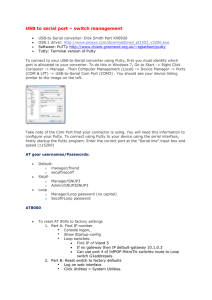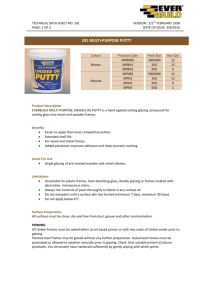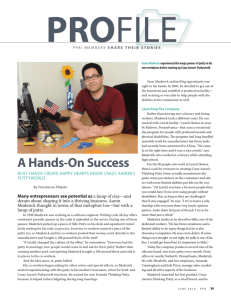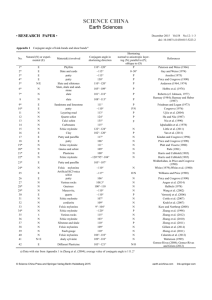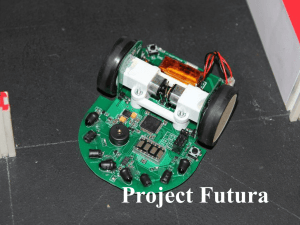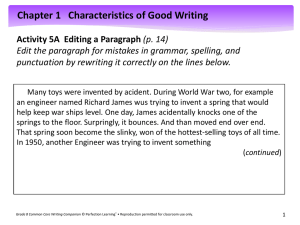How the dimensions of a conductor affect its resistance
advertisement
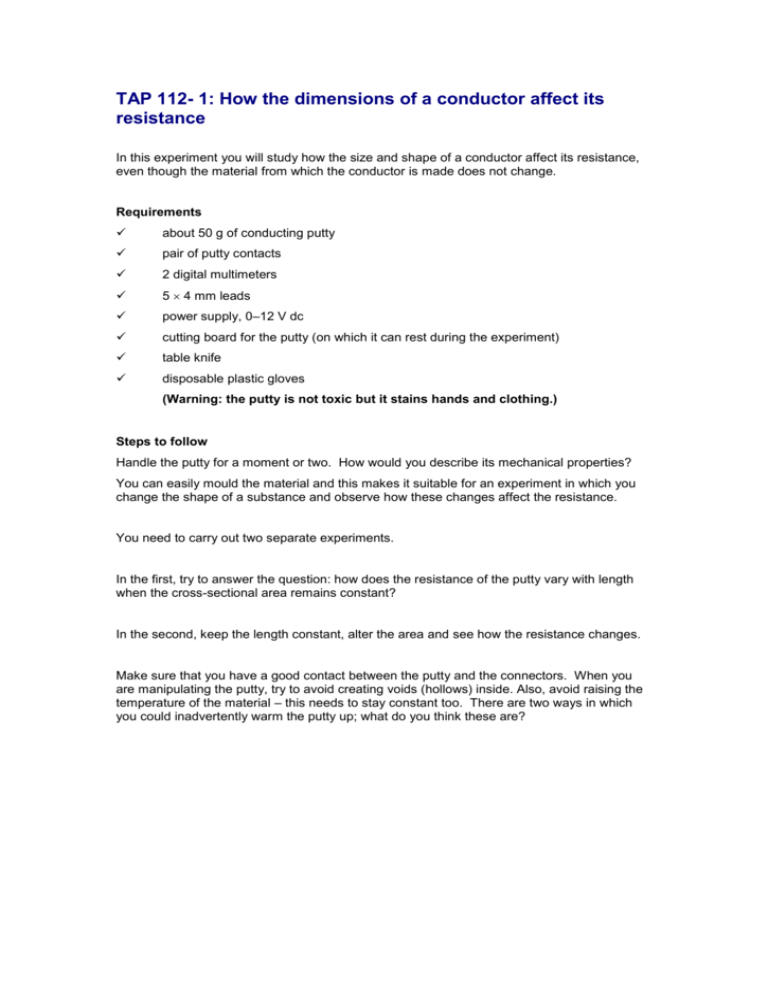
TAP 112- 1: How the dimensions of a conductor affect its resistance In this experiment you will study how the size and shape of a conductor affect its resistance, even though the material from which the conductor is made does not change. Requirements about 50 g of conducting putty pair of putty contacts 2 digital multimeters 5 4 mm leads power supply, 0–12 V dc cutting board for the putty (on which it can rest during the experiment) table knife disposable plastic gloves (Warning: the putty is not toxic but it stains hands and clothing.) Steps to follow Handle the putty for a moment or two. How would you describe its mechanical properties? You can easily mould the material and this makes it suitable for an experiment in which you change the shape of a substance and observe how these changes affect the resistance. You need to carry out two separate experiments. In the first, try to answer the question: how does the resistance of the putty vary with length when the cross-sectional area remains constant? In the second, keep the length constant, alter the area and see how the resistance changes. Make sure that you have a good contact between the putty and the connectors. When you are manipulating the putty, try to avoid creating voids (hollows) inside. Also, avoid raising the temperature of the material – this needs to stay constant too. There are two ways in which you could inadvertently warm the putty up; what do you think these are? A V conducting putty conducting putty To investigate the dependence on length: 1. Roll the putty on the board into a cylinder with a uniform diameter of approximately 2 cm and a length of about 10 cm. Apply a pd of about 2 V along the length of the material, then measure and record the current. Reduce the length and repeat these measurements. If you manage to adjust the pd so as to keep the current constant then the pd will be a measure of the resistance – can you explain why this is? To investigate the dependence on area: 2. Roll the putty into another 10 cm long cylinder and cut it into two 5 cm lengths. Measure the resistance of one of these. Mould the putty along the lengths into a new cylinder still 5 cm long but with twice the area. What happens to the resistance? Confirm this result with other cross-sectional areas. It is helpful to use a theoretical model to help you make sense of your result. 3. Imagine two identical resistors: identical in all respects, size, material and resistance. What is the combined resistance if they were connected end-to-end? What is the combined resistance if they are connected side-by-side parallel to the long axis? Introducing resistivity 1. You will come up with a clear pattern relating length to resistance. 2. You will come up with a clear pattern relating cross-section area to resistance. 3. You may also realise that you need to include a constant of proportionality to write these rules down as a single equation. This constant is known as the electrical resistivity. Practical advice This experiment is one of a pair providing alternative introductions to resistivity. You might like to use different alternatives with different parts of the class and then get them to report back. This is a good place to show simple experimentally derived patterns building up into a concise mathematical summary of those results. In this experiment students can show that the resistance is directly proportional to the length (double one, double the other) whereas if the cross-section area doubles the resistance halves. Suitable contacts: each contact should be a disc of brass roughly 2 cm in diameter with a tube of brass brazed to the centre of one face at 90° to the surface. The internal diameter of the brass tube should be such as to accept the standard lead plug in use in the laboratory (i.e. 4.1 mm). The analysis carried out by the students can be made slightly more complicated by keeping the pd across the material constant and then measuring the current. In this case the students either plot a graph of resistance against reciprocal length (a straight line) or evaluate the product of resistance and length (a constant). Trials yielded values of about 100 mA with pds of about 1.5 V. If using discrete meters the following are likely to be suitable: voltmeter dc fsd 5 V, ammeter dc fsd 1 A. External references This activity is taken from Advancing Physics Chapter 4 340E
